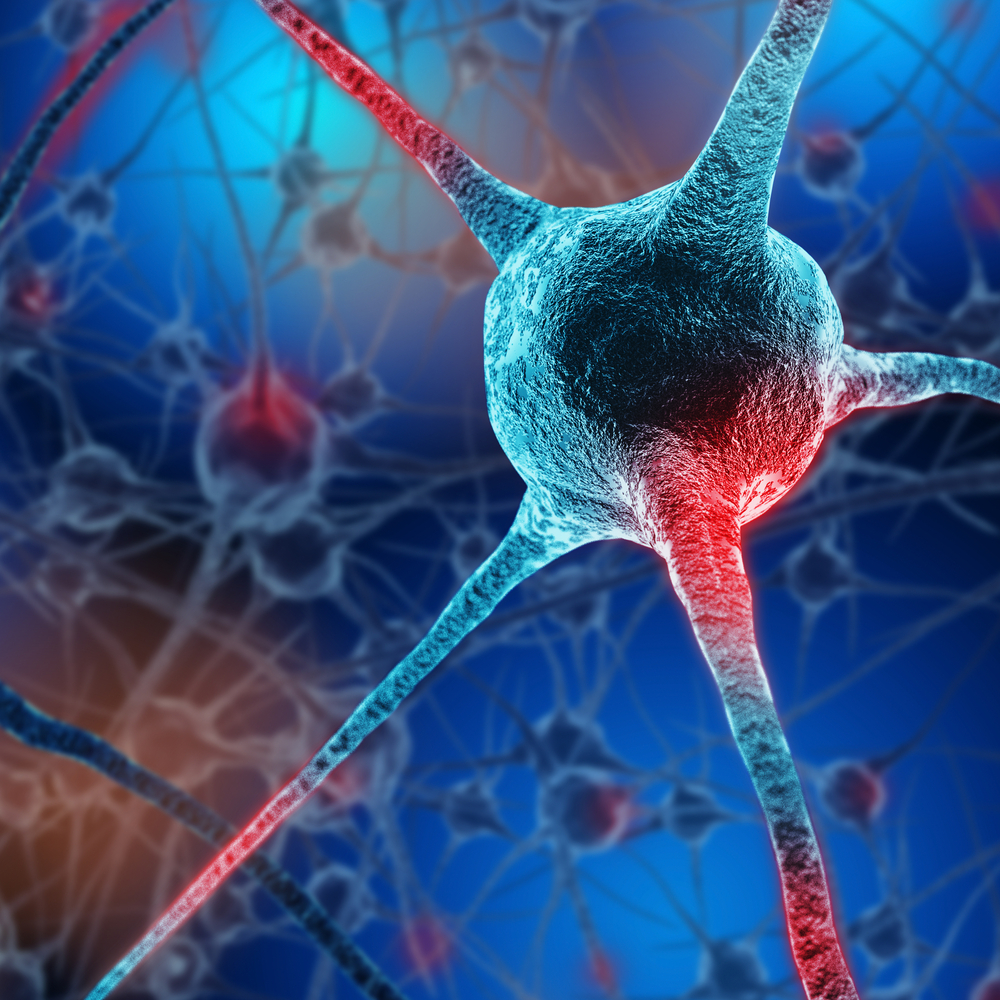Protein May Prevent Neuron Death in Huntington’s Patients, Study Finds
Written by |

A protein called Nrf2 can help maintain healthy levels of proteins associated with neurodegenerative diseases, including Huntington’s disease, thereby protecting neurons from death, according to new research.
Results of the study, “Nrf2 Mitigates LRRK2- And α-synuclein–induced Neurodegeneration By Modulating Proteostasis,” were published in the journal PNAS.
Neurodegenerative disorders — such as Huntington’s, Parkinson’s and Alzheimer’s diseases, or amyotrophic lateral sclerosis (ALS) — are caused by the abnormal accumulation of faulty proteins in neurons. That impairs the neurons’ activity and leads to their death.
Researchers from the Gladstone Institutes have found that the Nrf2 protein can protect those neurons. They used cultures of rat and human neurons derived from pluripotent stem cells — expressing either mutated LRRK2 or alpha-synuclein (two proteins that contribute to the development of Parkinson’s disease) — to test the effect of increasing Nrf2 levels.
They saw that increasing Nrf2 levels activated “house-cleaning” mechanisms within neurons, causing them to remove the excess LRRK2 and alpha-synuclein.
“Nrf2 coordinates a whole program of gene expression, but we didn’t know how important it was for regulating protein levels until now,” the study’s first author, Gaia Skibinski, PhD, said in a news release. “Overexpressing Nrf2 in cellular models of Parkinson’s disease resulted in a huge effect. In fact, it protects cells against the disease better than anything else we’ve found.”
The team found that Nrf2’s “cleaning” effect was carried out in two ways: It promoted the storage of mutated LRRK2 in clumps that do not interfere with neuronal activity, and it induced alpha-synuclein degradation, reducing levels of the protein inside the cell.
“I am very enthusiastic about this strategy for treating neurodegenerative diseases,” said Steven Finkbeiner, MD, PhD, the study’s senior author. “We’ve tested Nrf2 in models of Huntington’s disease, Parkinson’s disease, and ALS, and it is the most protective thing we’ve ever found. Based on the magnitude and the breadth of the effect, we really want to understand Nrf2 and its role in protein regulation better.”
Researchers are trying to devise a strategy that could allow for therapeutic targeting of Nrf2’s downstream effectors.





